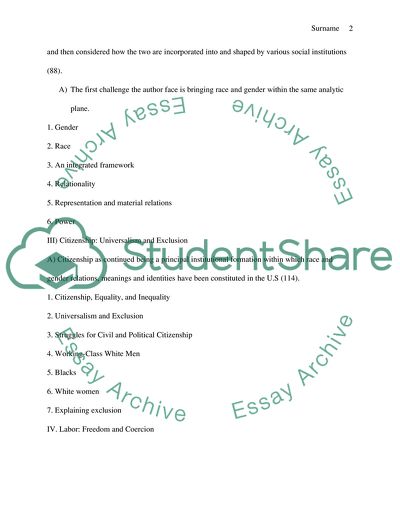Cite this document
(Role Of Race And Gender In Shaping American Citizenship And Labor Book Report/Review, n.d.)
Role Of Race And Gender In Shaping American Citizenship And Labor Book Report/Review. Retrieved from https://studentshare.org/history/1830573-book-review-3-1890-to-the-present
Role Of Race And Gender In Shaping American Citizenship And Labor Book Report/Review. Retrieved from https://studentshare.org/history/1830573-book-review-3-1890-to-the-present
(Role Of Race And Gender In Shaping American Citizenship And Labor Book Report/Review)
Role Of Race And Gender In Shaping American Citizenship And Labor Book Report/Review. https://studentshare.org/history/1830573-book-review-3-1890-to-the-present.
Role Of Race And Gender In Shaping American Citizenship And Labor Book Report/Review. https://studentshare.org/history/1830573-book-review-3-1890-to-the-present.
“Role Of Race And Gender In Shaping American Citizenship And Labor Book Report/Review”, n.d. https://studentshare.org/history/1830573-book-review-3-1890-to-the-present.


